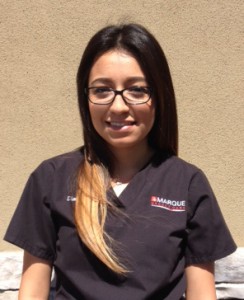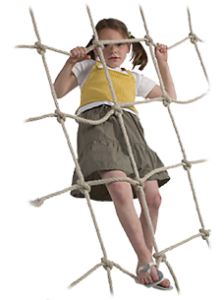
What are some of the most common child injuries and how can we prevent them?
According to the Centers for Disease Control and Prevention (CDC), some of the top causes of child injuries in the United States include:
- Motor Vehicle Accidents
- Falls, Fire
- Burns
- Poisoning
- Drowning
- Suffocation
When it comes to child safety, it’s vital that parents are aware of actions they can take to prevent any of these injuries. The CDC states, “Every 4 seconds, a child is treated for an injury at a medical facility, and every hour one child dies from an injury.” In order to help reduce these statistics, parents and guardians are encouraged to take action by getting informed.
Motor Vehicle Accident: Using the correct car seat/ booster seat is essential for child safety. Always make sure a child is buckled in an age and size appropriate car or booster seat. Once a child outgrows a car or booster seat, seat belts must fit properly by having the lap belt lay across their upper thighs and not the stomach. The chest portion of the belts should lay across the neck and not the chest. Once seat belts fit properly, it’s recommended that they’re seated not in the front seat, but in the mid-to-back of the car, which is the safest for children.

Fire/Burns: Fire alarm testing and an up-to-date escape plan should be conducted on a monthly basis. Never leave unattended foods on the stove or candles within a child’s reach. Children in the kitchen require active supervision and restriction of kitchen appliances.
Poisoning: Keeping medicines and cleaning products away from the reach of children is one way to prevent accidental poisonings. If possible, leave them in the original boxes/containers and locked up to prevent intoxications. Proper disposal of expired medications or chemicals, reading medication labels with directions and warnings, and having Emergency Medical Services’ phone number on speed dial (i.e. Poison Control) are important ways to help if a poisoning were to occur.
Drowning: It’s highly recommended that parents learn the basics of swimming. Cardiopulmonary Resuscitation (CPR) knowledge is also recommended for all parents and guardians. Pool fences with self-closing and self-latching gates should be installed for families with young children. If children know how to swim, it’s still recommended that young children wear life jackets. Supervision is vital when children play or swim near large bodies of water at all times.
Suffocation: One way to prevent suffocation is to make sure that children wear proper attire when playing in the playground. Remove necklaces, scarves, or clothing with drawstrings that can get caught on equipment and pose a strangulation hazard. With all small children, it’s highly recommended that they never nap or sleep in cluttered cribs or beds. Chocking precautions are also vital to prevent child suffocation. Small toys should be age-appropriate and foods should always be cut up to bite size pieces for all small children.
Overall, constant supervision and becoming informed about proper child safety is essential to prevent any kind of accidental injury. Parents play a key role in protecting the children they love. Parents need to educate themselves and follow the CDC recommendations and guidelines, which is on their website.
Source: http://www.cdc.gov/safechild/
The information provided is for general interest only and should not be misconstrued as a diagnosis, prognosis or treatment recommendation. This information does not in any way constitute the practice of medicine, or any other health care profession. Readers are directed to consult their health care provider regarding their specific health situation. Marque Medical is not liable for any action taken by a reader based upon this information.
